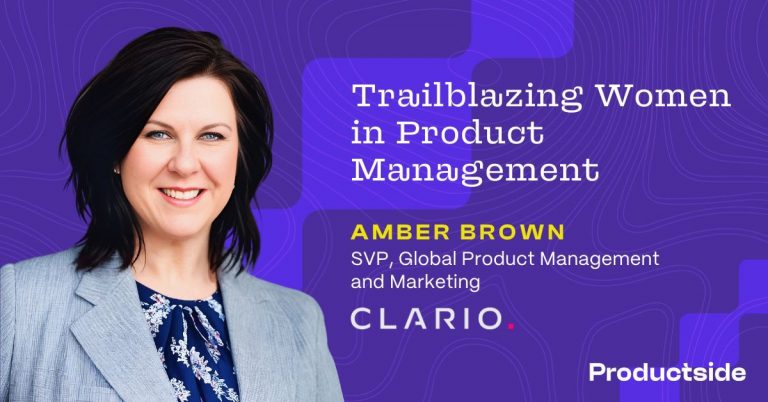
Understanding the Product Manager and the Product Owner Role
With the wide scale adoption of Agile methods amongst software development teams, understanding the difference between the Product Manager and the Product Owner role is a frequent discussion topic in our Agile training course. To begin to explain the topic requires some framing.
First, we will look at Product Manager and Product Owner as roles, not titles.
The responsibilities of Product Managers and Product Owners vary widely by title and are often historic artifacts of a company’s heritage. Thus, many Product Owners perform Product Management responsibilities and many Product Managers perform Product Ownership responsibilities. In fact, one can perform both roles simultaneously. We will not even get into Business Analyst and Project Managers whose jobs often overlap as well.
Second, for the purpose of this post, we will define the Product Owner role as described in Scrum and the Scrum Guide.
Product Owner is a defined role in the Scrum framework and has specific responsibilities and authority. The Product Owner is responsible for the success of the product by maximizing the output of the development team.
The Product Owner is the sole person responsible for ordering the product backlog, which includes:
- Clearly expressing the product backlog items
- Ordering the items in the product backlog to best achieve goals and missions
- Optimizing the value of the work the development team performs
- Ensuring that the product backlog is visible, transparent, and clear to all
- Shows what the Scrum Team will work on next
To be a Product Owner, one must fulfill all of the listed responsibilities. The Product Owner may also perform many more responsibilities than listed above, but at a minimum the Product Owner MUST perform those five.
In contrast, a Product Manager may perform any subset of tasks within the discipline of Product Management.
These include business case development; being the expert on the market and the customer; product strategy, roadmap development, and positioning; whole product definition; feature, schedule, and cost tradeoffs; and value delivery through the ecosystem.
There is, however, no single task that defines or is guaranteed to be shared between all Product Managers.
Thus, unlike a Product Owner that needs to perform ALL responsibilities in a narrowly defined list to be performing a Product Owner role, a Product Manager may perform ANY of the responsibilities in a broadly defined list and still be considered a Product Manager.
Comparing the responsibilities, Product Owners are more inwardly focused, working in greater detail with the engineering team than traditionally done in Product Management especially around developing stories and acceptance criteria.
Likewise, Product Managers tend to be more outwardly focused on the business case, portfolio management, full competitive analysis, win/loss analysis, forecasting, and end of life.
The roles tend to overlap in the areas of visioning and roadmaps, persona development, needs and feature definition, positioning, and defect management.
Because of this, although both the Product Manager and Product Owner are responsible for the business success of the product, the Product Owner’s main “levers” of influence are features and the order in which they are developed. A Product Manager has the additional “business” levers, often considered part of the whole product such as bundling, pricing, training, service levels, and channel offerings.
A final and subtler point is the measure of success.
A Product Owner’s job is to optimize value created by the development team, and to ensure the features of the product meet the customer’s need. Product Managers are responsible for the business case and ensuring that it is realized.
Of the two, Product Managers are more likely to advocate for funding.
Their conversation with management is “if you give me this funding, I will deliver you this business result.”
The Product Owner is more likely to be working on an approved project.
Their conversation with management is “If you are going to spend that money, I will ensure you get the most for your engineering dollar.”
In closing, it is important to realize the full spectrum of responsibilities that Product Managers and Product Owners perform are necessary for product success and each must be “owned” by someone who has both the time and skill set to manage them.
Want to learn more about the Product Manager and the Product Owner role and how the two should interact together?
Check out our new training course: Agile Excellence for Product Managers and Product Owners, available as an online course or self-study.


